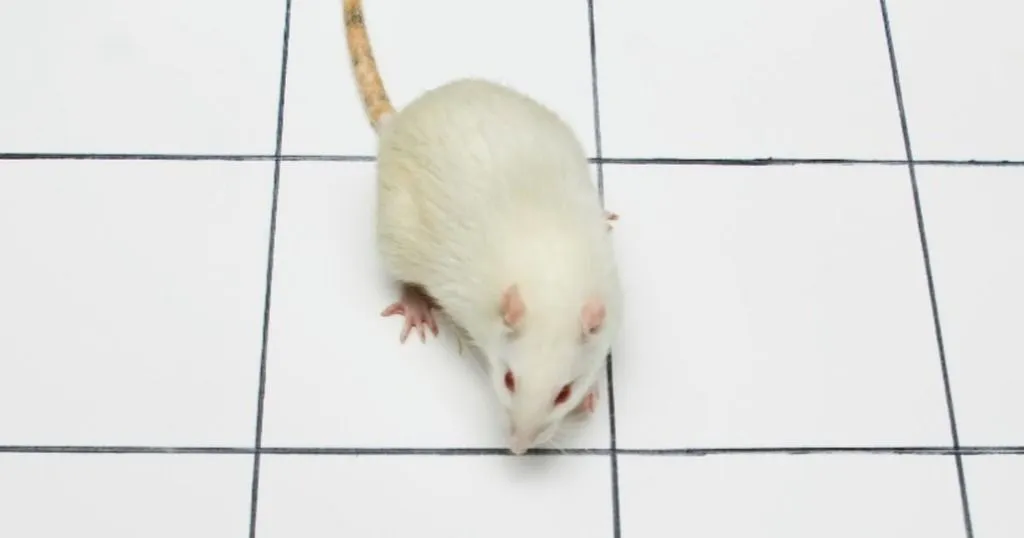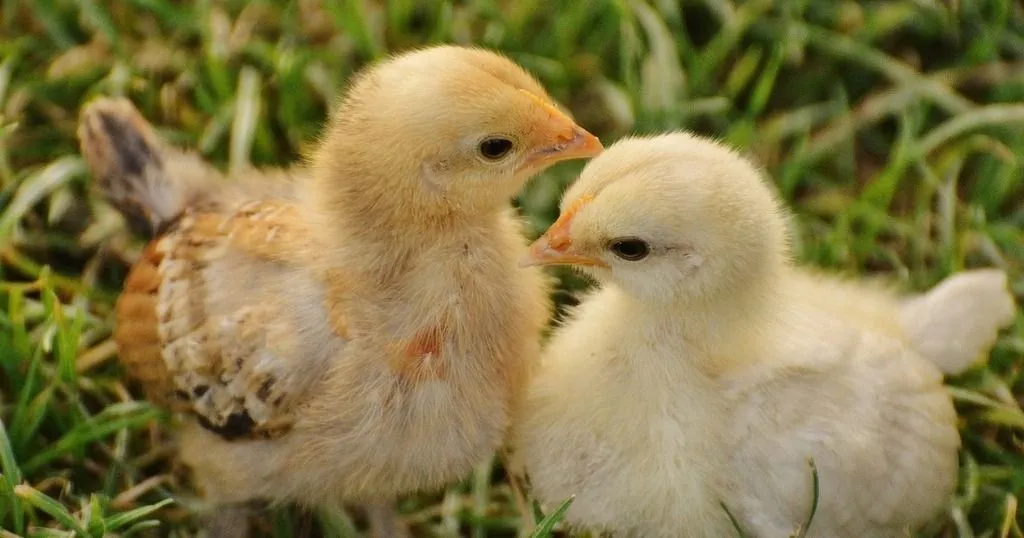Animal Behavior Research blog posts

26 Feb
animal behavior research
Autism Spectrum Disorders
How autistic fruit flies behave
The number of children diagnosed with developmental disorders has increased exponentially in the past 20 yearschemicals such as BPA have been under investigation lately.

20 Feb
animal behavior research
Social Behavior
How to measure the social behavior of Fragile X mice
The treatment of Fragile X syndrome is limited to the symptoms. One of the factors currently holding back drug development is the difficulty of finding a reliable behavioral test for neurobiological studies.

16 Feb
animal behavior research
Alzheimer’s and Parkinson’s
Side effects of L-DOPA investigated in parkinsonian rats
These studies specifically investigate the long-term effects of L-DOPA or levopoda, a common clinical treatment for Parkinson's disease, with which many patients struggle.

05 Feb
animal behavior research
Gait and Locomotion
Parkinson’s & gait impairment: comparing rats and humans
Gait impairment is one of the most prominent symptoms of Parkinson's disease. For good research you need good models and good tests.

22 Jan
animal behavior research
Autism Spectrum Disorders
How males and females are different: can this explain autism?
Women and Venus, men and Mars, right? In mice, the establishment of social hierarchies is sex-dependent.

15 Jan
animal behavior research
Zebrafish Research
How young zebrafish cope with stress
Stress is a natural thing, and how we cope with it differs from person to person. In research, we use the term coping style, something that emerges early on in life for zebrafish.

18 Dec
animal behavior research
Anxiety, Depression and Fear
Zinc deficiency, depression and electrical signals in the brain
Depression has a dramatic effect on quality of life because it results in a persistent low mood that is accompanied by a low self-esteem and a loss of interest in things that give pleasure.

16 Dec
animal behavior research
Anxiety, Depression and Fear
Fearful chicken: Fear affects stress, behavior patterns, and other individuals
Elske de Haas, Ph.D. studied the effects of fearfulness on the chickens' own behavior and physiology, but also what it did to other individuals.

08 Dec
animal behavior research
Other (Animal)
Ladybugs and lacewings do not spy on their prey’s alarm pheromone
Leaf sucking creatures like plant aphids are common and can cause considerable damage to plants. Therefore, quite a lot of effort is made to control these tiny creatures.

27 Nov
animal behavior research
Gait and Locomotion
How to really challenge mice cerebellar plasticity
Jan-Willem Potters used the ErasmusLadder in his thesis research to study the role of specific mutations of plasticity in the cerebellar microcircuit of mice.